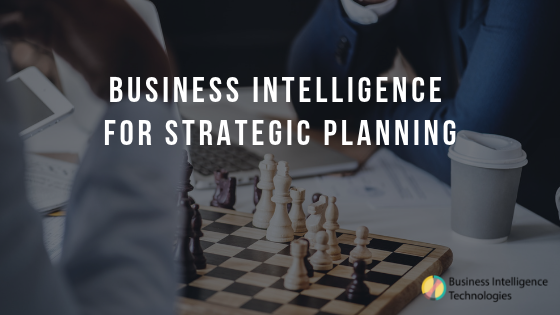By Sharon Wood
This year, companies are facing uncertain and complex global macro-economic conditions, which makes it even more challenging than usual to plan ahead and formulate—and then re-formulate—business strategies that keep companies ahead of their game.
So while CEO respondents in KPMG’s 2018 Global CEO Outlook were relatively optimistic about economic growth prospects, they were far more circumspect about their ability to increase profit margins given the many headwinds they face.
The good news is that CEOs are taking Business Intelligence as a strategic Planning tool seriously. This perspective extends across the business, including executives responsible for marketing, sales and human resources, i.e., not just as a tool used by IT and finance, as had been the case before.
It also represents a departure of sorts: Business Intelligence, in spite of its acceptance for impressive visualizations, has typically concerned reporting what happened in the past. “Planning” applications for budgeting and forecasting, along with “what if” scenario building—those business applications concerned with the future—involved other systems…or, most likely, lived in innumerable shared spreadsheets. That view seems to be changing.
What will it take to convince skeptics that it is worth investing in a robust and reliable Business Intelligence technology that can also be used across the organization for planning, budgeting and forecasting? Four characteristics stand out:
Robust, Future-based Modeling
- The system needs not only the ability to provide accurate historical insights, but also be able to project future performance; accommodate budgets for various scenarios, and; conduct “what-if” and variance forecasts. Essentially, this future-based modeling must include a powerful and agile engine that can convert the past to the future, not merely by copying data from one model to another, but by utilizing complex driver and other calculation premises, along with—crucially—“write back” from planning application participants.
Ease of use
- All users must be comfortable using the system and its implementation should not require extensive retooling and training. On the planning side, this means that those individual budget stakeholders who had been mired in Excel will now join a dynamic system…but one that still allows access through the everyday spreadsheet.
Multi-user collaboration
- The system needs to be robust and reliable enough to facilitate participation across multiple locations, instantaneously and accurately. And the system should foster a sense of shared purpose, with executives able to see work done by managers, and with managers able to share input with staff, and vice versa—precisely the opposite of what occurs when multiple systems or innumerable spreadsheets are at play.
Data integrity and Security
- Data from across the organization must be efficiently and quickly consolidated into a single, trusted version of the truth. And a non-negotiable data security capability must exist, applicable across all aspects of the system—the standard BI visualization layer, along with the future-based application(s).
Once C-level staff see such a system in action, they will immediately recognize the value of Planning not as an adjunct to their BI strategy, but instead as a key element—one that will contribute significantly to their success in uncertain times ahead.
Subscribe to our blog!
Don't miss a post. Receive the latest blogs from BI Tech straight in your inbox.


